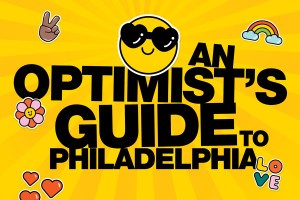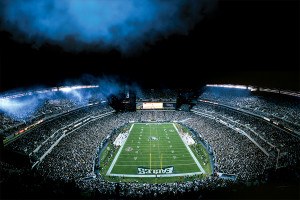A Philly Bike Lane Rises From the Ashes
Back in May and June, lots of folks were up in a huff (I may have been one of them) about a bike lane pilot project on 10th Street. With the decision looming about whether to make the lane permanent, stakeholders in Chinatown and near Jefferson Hospital maintained stances that the lane was causing traffic issues. Meanwhile, cycling advocates felt that City Council’s proposed method of ameliorating this issue—granting itself veto power over new bike lanes—added unnecessary bureaucracy while endangering future extensions of the city’s bike lane network.
Council did, eventually, grant itself veto powers (and what a great power that is) over bike lanes—a move that I, and others, have called regressive—and the 10th Street lane through Chinatown was given its death sentence.
But a funny thing happened last month when 10th Street was torn up, repaved and repainted: The bike lane was still there. Or most of it, anyway. (As this is part of my daily commute, I’m intimate with every bump and pothole on that stretch.) Save for the blocks between Vine and Arch (Chinatown) and Chestnut and Walnut (Jefferson Hospital), there is still very much a 10th Street bike lane from Ridge to Lombard. As it turns out, it was apparently part of the plan when this all went down, though it got a little bit lost in the news of Council’s new self-granted, lane-squashing powers. (Besides, it’s not as if Councilman Greenlee, in explaining the proposed legislation, hinted toward this sort of piecemeal appeasement.)
So I was a little bit thrilled to see the bike-lane lines coming back (entertaining for a second that it was an act of linepainter civil disobedience). Yes, the stroke of councilmanic privilege that gave council the power to carve up the 10th Street lane undermines the Nutter administration’s good work in promoting safe streets for all users, but the resolution was a better compromise than most expected. But it’s still less than ideal. (In response to the lane change, I’ve simply been treating the erstwhile bike lane as if it were still said bike lane, thus far to no ill effect.)
Having lived in the city long enough to know that complaints about parking and traffic—like most hardship excuses at jury duty—are gripes of pure self interest, I rarely endorse acquiescing in such situations. But given that Chinatown’s born the brunt of many of the city’s “planning” efforts, and that Jefferson’s issues with emergency vehicles are not trite, we can make an exception. And in that spirit, it’s encouraging that a compact was reached that gave all parties something.
But ultimately, continuing to expose decisions about bike lanes and traffic patterns to populism, parochialism and politics will hinder the city’s progress in these important areas of vehicular safety. While the 10th Street solution is an encouraging turn away from winner-takes-all city politics, what Philly ultimately needs is more, not fewer and fractured, downtown bike lanes. And if we’re lucky, the lessons of the 10th Street lane—a generally civil solution to a sometimes uncivil problem—will render that new councilmanic power unnecessary.


